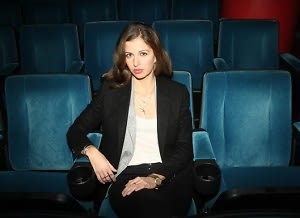 Vogue readers and society gadabouts will recognize Chiara Clemente as the daughter of famed artist Francesco Clemente. But if you haven't been keeping up with the arts scene, you may not realize that Chiara is highly regarded documentary filmmaker in her own right. We sat down with her and her producer, Tanya Selvaratnam Scheib, to talk about art, artists, and why New York wins.-
Vogue readers and society gadabouts will recognize Chiara Clemente as the daughter of famed artist Francesco Clemente. But if you haven't been keeping up with the arts scene, you may not realize that Chiara is highly regarded documentary filmmaker in her own right. We sat down with her and her producer, Tanya Selvaratnam Scheib, to talk about art, artists, and why New York wins.-
[Photo by Talaya Centeno for WWD]
Chiara and Tanya's feature documentary Our City Dreams follows five female artists - Nancy Spero, Marina Abramovic, Kiki Smith, Ghada Amer, and Swoon - through their creative processes and encounters with the city that never sleeps. The pair's newest project for HERE Arts Center, Made Here, is a series of short films about the challenges and joys of the New York performance art world. Check back every week to see a new episode featuring the likes of Anne Bogart, Yehuda Duenyas, and Elizabeth Streb. Made Here recently launched, and their third installment, Creative Real Estate: Uncommon Sites is up and ready for viewing. Tomorrow night the project kicks off with a launch party hosted by the Lower Manhattan Cultural Council.
Our City Dreams is one of those films whose momentum keeps growing - although the film was released in '08, it's still playing at festivals around the world. What do you think makes it so appealing to audiences?
Chiara: What I try to do with my work – and I was happy that I succeeded this time – is that I try to make the subjects’ stories universal so that someone who isn’t so deep into art, so interested in art, can relate to them as people. I think it accomplished that because I found a lot of people coming who didn’t have that background, and all of them were inspired by the artists, by their stories. When you watch it, when you talk about it, you realize it has a much broader focus.
The trailer for Our City Dreams.
You've said in the past that each artist led you to another, but how were you led to the subject in the first place? Is this something you always wanted to make a documentary about?
Chiara: I joke that when I left New York at 18 and I had just graduated from high school, I was already making films then, and my thesis film for high school was about boys. You know, the boys in Italy and New York, in the two places that I felt divided between. Coming back eight years later, my interests were in myself and discovering myself as an artist. I think that’s the secret to making films: when the subject’s close to you, you can really dive in.
You followed the Our City Dreams women for a long time, and now, with Made Here, you're once again wrapped up in the New York arts community. What’s it like to immerse yourself in your subjects' personal lives?
Tanya: Well, I started out in life making narrative fiction, and then I started out making documentaries really through Chiara, because it was the first documentary I’d produced. And after making one documentary, I kept wanting to make more. It was much more interesting being in the lives of real people rather than fictional people, because you just learn more about the world and about yourself as an artist. Connecting with Chiara and with the artists in her films has made my own work better, I think.
Swoon, the most secretive of the artists featured in Our City Dreams.
[Photo courtesy of Dr.SeussJuice]
So the subjects welcome you with open arms?
Chiara: [Laughs] It depends.
Tanya: It’s such a process of getting to know characters.
Chiara: But I think what we do which really helps, is we don’t storm in. It’s all very much respecting the person we’re interviewing. It’s always intended to be a conversation. And I find, even the questions you ask . . .
Tanya: I feel like documentaries are often meant to push them in a way that the interviewer wants. And the audience feels that, so there’s a struggle.
Chiara: The interviews I do, I always try to nudge them in the interaction.
Tanya: It’s not like question-question-question. It is, once again, really a conversation.
Chiara: And keeping that format, they become more comfortable. With Our City Dreams it was over a year of shooting, so they had time to become more comfortable. With this new series, it’s moment to moment. It’s a big challenge to achieve that intimacy.
Tanya: There are a lot of documentary filmmakers who aren’t documentary filmmakers, because they definitely, as Chiara was indicating, go in with an agenda of a story they want to tell. And the best documentaries are those where the story emerges from the subjects, not the filmmaker. One thing we’ve discovered with this project on performing artists is that there’s such a variety of performing artists in New York, and there’s such a variety of personalities, and you have to have very differing sensitivities to deal with the different people. And you have to just deal with the material you’re given. There is definitely a compromise. People don’t want to give everything of themselves.
Ximena Garnica, Shige Moriya, and Arthur Aviles, three more of the artists nudged in Made Here.
Performance artist Marina Abramovic and painter Nancy Spero, two more of the artists featured in Our City Dreams.
What tactics do you use to draw them out? Sincerity, openness, humor . . .
Chiara: I can’t give away all my secrets! [laughs] I think talking about things that are more personal to the artist, about life, so then the subject doesn’t feel like they’re trying to make a statement. It’s really more about them, letting them lean back into it.
With Made Here, the episodes are so much shorter than a feature film. How do you deal with that transition to the short form? Is the editing brutal?
Chiara: Oooh, the editing, that’s what I’m into right now, deep into it. That’s always the biggest challenge. But at least it’s better to always have more than less.
Tanya: You’re dealing with a very different attention span. Our audience attention spans have been shrinking and shrinking and shrinking. By hooking them with this short form, we hope to leave them wanting more, so that eventually this can turn into something bigger. Which I think it could! Because support for the performing arts – and New York is the performing arts capital of the world – is an issue that will never go away, but it’s not on the front burner right now. I’m hoping we’ll put it back in people’s front view.
You two make such a concerted effort to focus on different forms of art. What's been the most surprising or interesting performance genre you've discovered while making Made Here?
Chiara: They’re all performers in their own right, but what’s amazing is that there are so many ways to do it. Even Improv Everywhere, it’s just wild that he’s doing this. He goes into Best Buy and gets everyone to wear blue shirts. And [Best Buy] wants to call the police, but they can’t! It’s not illegal. Or the No-Pants subway ride, or the amazing Grand Central thing, it really opens your mind. There’s so much more that can be done with performing.
Improv Everywhere's Grand Central tour de force. You guys have been all over, traveling for both filming and publicity. Have you noticed a huge difference in attitudes toward art in other parts of the world, as compared to New York?
Chiara: New York is a big center of the arts, obviously. It’s funny, Tanya and I were talking about this recently – I actually went to LA for four years. And really, I was running away from New York, and I was like, “Get me the hell out!” It was too much. And then I came back and all I’ve been doing is making love letters to New York.
We’re not saying that any of these arts are exclusive to New York. But there’s something energizing here. And there’s been so much talk about how New York has changed, how it’s been gentrified. But what’s great about this project is you see the wild ones are still here. They didn’t leave, they didn’t run off. That made me happy.
Tanya: And this is still one of the greatest cities in the world to make art and be an artist, because you have a community built in. But the issues every artist here faces are space and money. If this city and this government can just figure out a way to give artists space and money, we could really be the arts capital of the world. We wouldn’t see that atrophy that’s happening, where people move to Berlin and other places.
Oh, I know, it feels like everyone’s defecting to Berlin, where arts support is built into the national budget!
Tanya: Or even other cities in the US that make it easier! HERE Arts center was given enough funding from the Rockefeller Fund for two seasons, which is 30 episodes all together, but if we could raise more money to make maybe 10 seasons, I think it would be a great archive of the performing arts in New York City
Aside from space and money, what's the greatest difficulty or challenge you've encountered with documentary filmmaking?
Chiara: In New York it’s the noise. [laughs]
Tanya: Shooting! Shooting in New York is a challenge. That’s also what makes it so vibrant and wonderful, however.
Chiara: It’s so funny because I was recently doing a shoot up in that really green area of the Bronx. It’s like another world. And at a certain point this bee came into the room and was buzzing and buzzing, making all this noise. It was like, “We gotta stop the shot because of the bee.” I was thinking, “This isn’t New York City if the noise is the bee!” But wherever you are, these things happen. When you’re doing an interview you’re so aware of those sounds. Once it was almost like a prank – the snowmobile came, the garbage truck, the ambulance, a plane overhead.
Is there any incident or discovery that stands out as especially rewarding about your documentary projects?
Tanya: My mom came with five of her Sri Lankan lady friends to see Our City Dreams in LA when it premiered there. She had one of her friends who used to paint when she was young, and she said after she saw the movie all she wanted to do was go home and paint! And we had a lot of people saying that! I think we're going to have a lot of people with Made Here who are either going to want to go out and see performing arts, or they're going to want to support performing arts, or they're going to want to be a performing artist. And that's great.
Chiara: Very good!
Tanya: Yes, very good!
Want to see Our City Dreams for yourself? You can watch the film on Netflix, or buy the special-features-full dvd on the website (which sends a greater cut of the proceeds to the filmmakers). more money goes to the producing partners. And Made Here is alive and raring to go over at madehereproject.org

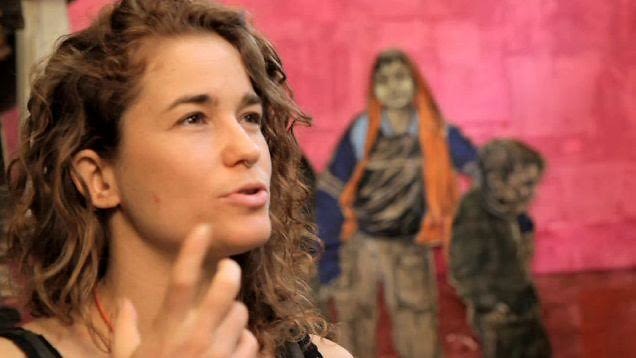
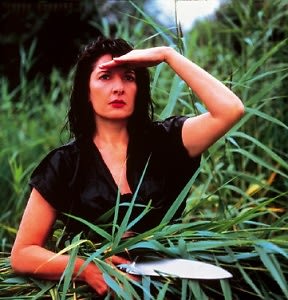
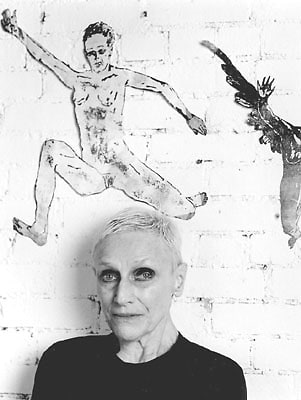

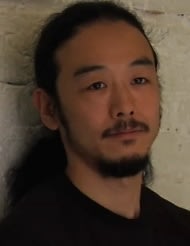
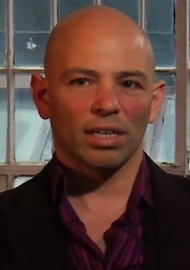
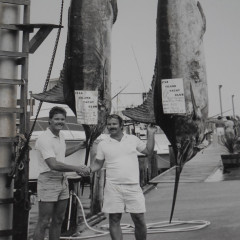
.jpg)
.jpg)
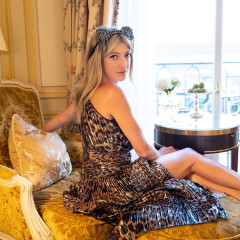
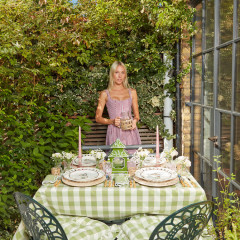
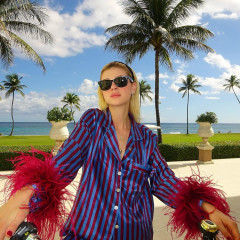
.jpg)
.jpg)
.jpg)

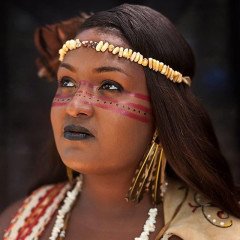
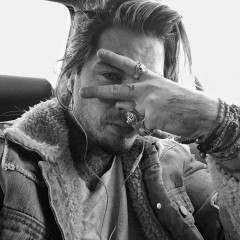

.jpg)